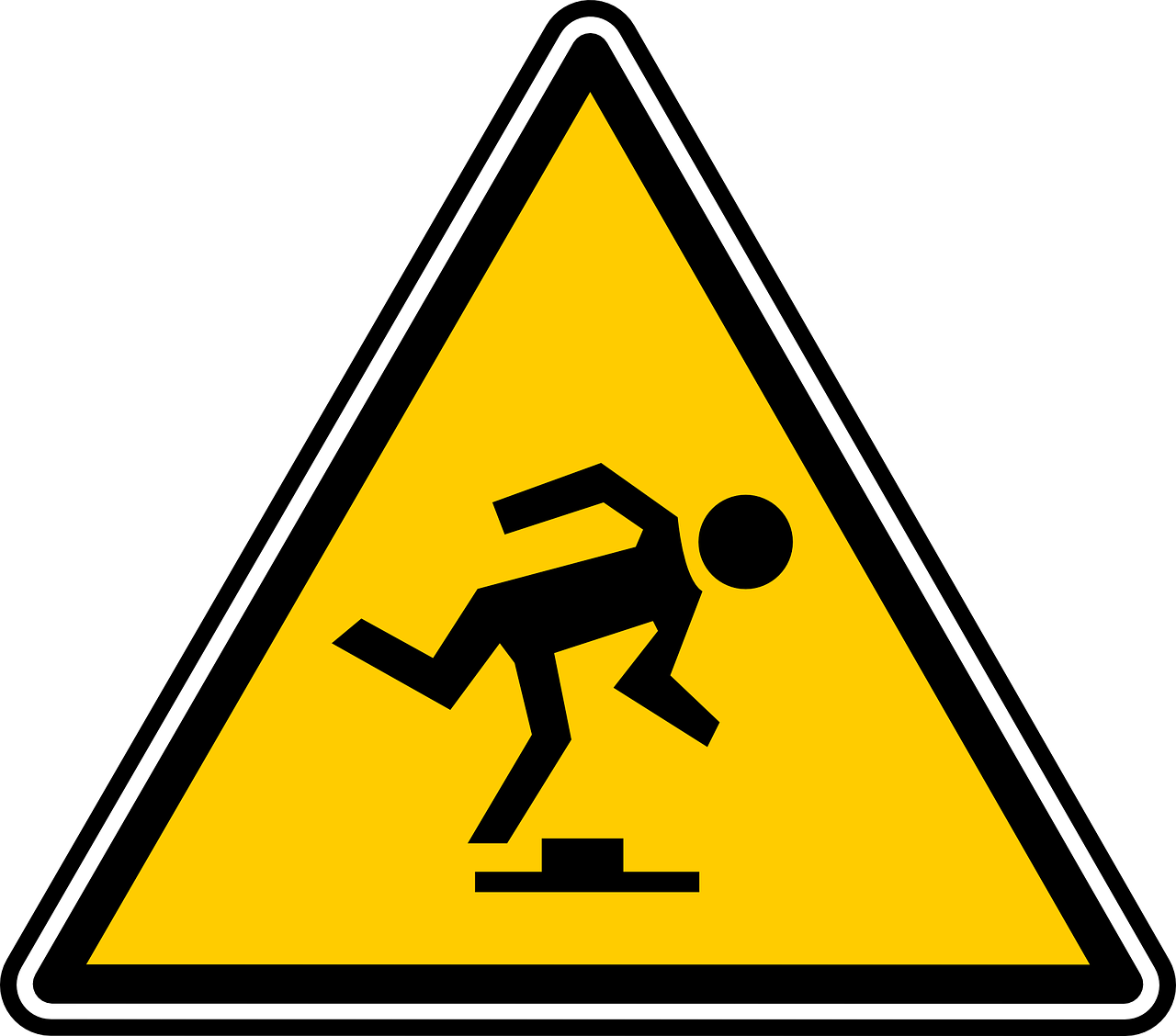What is the BC Building Code?
The British Columbia Building Code governs how new construction, building alterations, repairs and demolitions are completed throughout our province. It establishes minimum requirements for safety, health, accessibility, fire and structural protection of buildings and energy and water efficiency. It applies throughout the province except for some federal lands and the City of Vancouver.
As it relates to the City of Vancouver, it does not have its own separate building code. Instead, it is governed by the BC Building Code in addition to the Vancouver Building By-Law which provides some additional requirements and revisions specific to Vancouver.
Which BC Building Code Applies?
Over the years, the BC Building Code has been amended several times with the most recent occurring in 2018.
When someone is injured because of a BC Building Code deficiency, the Occupier’s Liability Act will apply to determine whether the property owner or occupier is liable or at fault for failing to keep the premises reasonably safe and free of hazards.
With the BC Building Code being updated and changed several times over the years, a common question that arises is which code applies – the BC Building Code that was in effect at the time the building was constructed OR the BC Building Code that was in effect when the Building Code deficiency was discovered? In other words, what if the premises were constructed properly according to the BC Building Code in effect at the time, but the new amended BC Building Code now recognizes that the premises were deficient at the time of the accident?
The Courts have determined the answer to this question is done on a case-by-case basis, however, it has been noted in recent case law that there is no obligation on an owner of property to constantly update his premises in accordance with the building code that may exist from time to time, without explicit legislation directing that be done.
An injury suffered as a result of a Building Code infraction was considered in Simmons v. Yeager Properties 2013 BCSC 889.
In this case, the injured claimant tripped and fell in front of a bakery on a patio. Specifically, she tripped on a 2-4 inch drop between the ground and the patio which she did not see because it was unmarked. The property owner was sued under the Occupier’s Liability Act and in negligence for creating a tripping hazard by constructing a patio with this height discrepancy and for failing to properly warn the public of it.
In considering whether the patio was reasonably safe, the property owner argued that it was not at fault or liable because the patio was constructed in accordance with the applicable building code at the time and at the time the trip and fall accident occurred. The trial judge noted that this is a factor to consider in assessing whether the premises were reasonably safe, but it was not determinative. In discussing the relevance of the Building Code, the trial judge stated:
“Legislative standards are relevant to the common law standard of care, but the two are not necessarily co-extensive. The fact that a statute prescribes or prohibits certain activities may constitute evidence of reasonable conduct in a given situation, but it does not extinguish the underlying obligation of reasonableness. Thus, a statutory breach does not automatically give rise to civil liability; it is merely some evidence of negligence. By the same token, mere compliance with a statute does not, in and of itself, preclude a finding of civil liability. Statutory standards can, however, be highly relevant to the assessment of reasonable conduct in a particular case, and in fact may render reasonable an act or omission which would otherwise appear to be negligent. This allows courts to consider the legislative framework in which people and companies must operate, while at the same time recognizing that one cannot avoid the underlying obligation of reasonable care simply by discharging statutory duties.”
The trial judge went further and stated that “compliance with a building code in effect from time to time may be comparative evidence in assessing whether premises are reasonably safe“.
The trial judge found that the fact that the Building Code was followed did not dismiss the claim against the property owner. Instead, it was found that by failing to maintain the outdoor warning sign, the property owner was found at fault for failing to take reasonable care to ensure the exterior area was reasonably safe. The injured claimant was also found to be partially at fault (contributorily negligent) for failing to keep a reasonable lookout for her own safety in that the patio step was there to be seen by her if she had paid attention.

